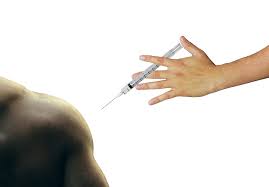Abstract
The identification of the Omicron variant (B.1.1.529.1 or BA.1) of SARS-CoV-2 (severe acute respiratory syndrome coronavirus 2) in Botswana in November 20211 immediately raised alarms due to the sheer number of mutations in the spike glycoprotein that could lead to striking antibody evasion. We2 and others3-6 recently reported results in this Journal confirming such a concern. Continuing surveillance of Omicron evolution has since revealed the rise in prevalence of two sublineages, BA.1 with an R346K mutation (BA.1+R346K, also known as BA.1.1) and B.1.1.529.2 (BA.2), with the latter containing 8 unique spike mutations while lacking 13 spike mutations found in BA.1. We therefore extended our studies to include antigenic characterization of these new sublineages. Polyclonal sera from patients infected by wild-type SARS-CoV-2 or recipients of current mRNA vaccines showed a substantial loss in neutralizing activity against both BA.1+R346K and BA.2, with drops comparable to that already reported for BA.12,3,5,6. These findings indicate that these three sublineages of Omicron are antigenically equidistant from the wild-type SARS-CoV-2 and thus similarly threaten the efficacies of current vaccines. BA.2 also exhibited marked resistance to 17 of 19 neutralizing monoclonal antibodies tested, including S309 (sotrovimab)7, which had retained appreciable activity against BA.1 and BA.1+R346K2-4,6. This new finding shows that no authorized monoclonal antibody therapy could adequately cover all sublineages of the Omicron variant, except for the recently authorized LY-CoV1404 (bebtelovimab).







